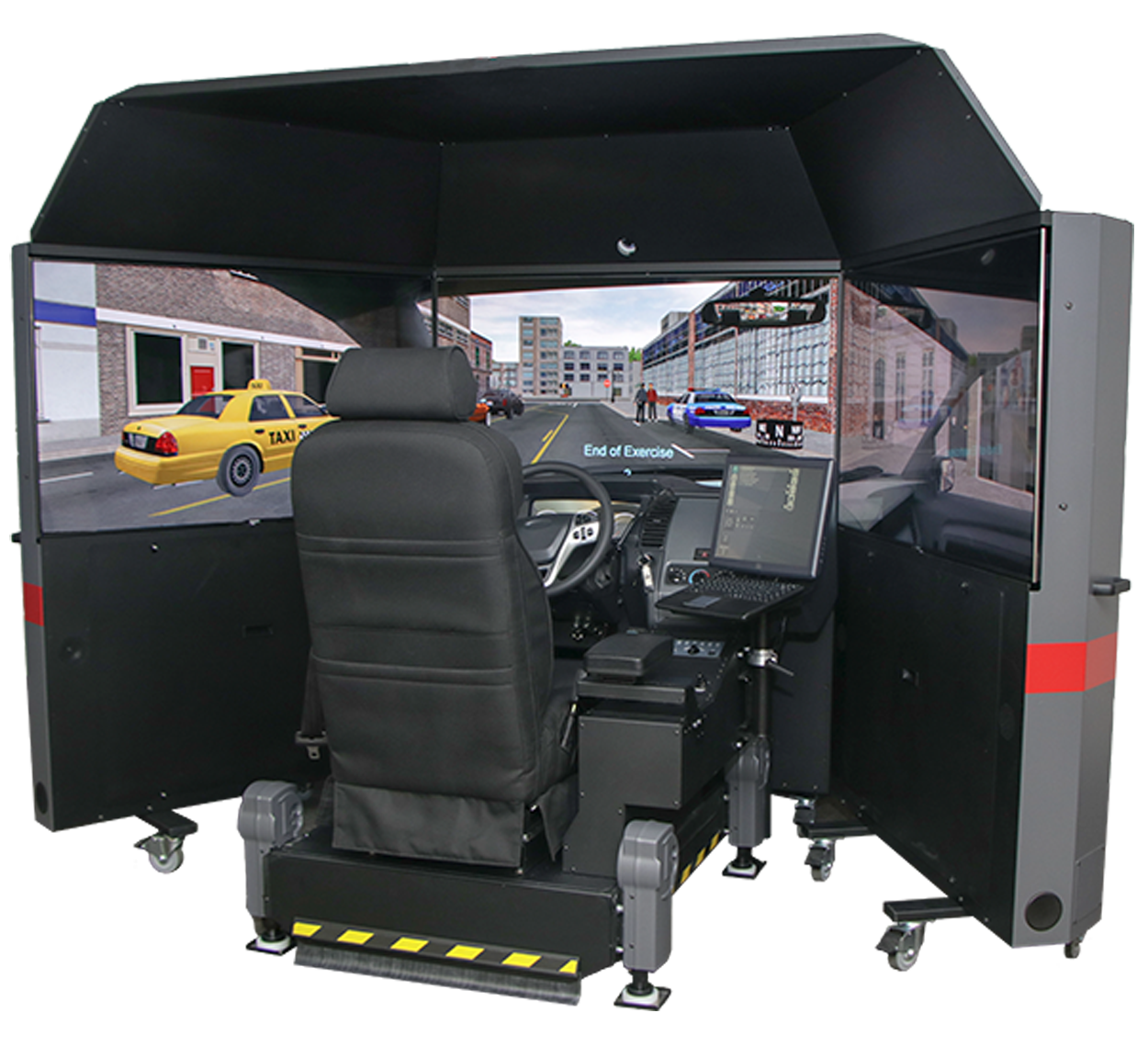Most businesses provide initial onboarding training to teach new hires the basics of how the organization functions. But training shouldn’t stop there. By investing in and offering continual driver safety training, drivers become better at their job.
Learn more about how investing in a continuous driver training program can help take your operations to the next level.
Why Is Continual Training Important for All Drivers?
Continual driver safety training provides short- and long-term benefits for your fleet. Here are five of the most significant benefits continual training can provide.
1. Mitigate Mistakes
Everyone makes mistakes. Even the best driver in a fleet will occasionally slip up because they’re human. Continuous training helps reduce the number of errors in a fleet and helps fight against repeat mistakes.
2. Improve Performance
When employees receive regular training, they’re better at their job. They have more skills, are more aware of policies, have more confidence when faced with complex situations, and are more knowledgeable. These benefits help drivers perform better and significantly lower accident and incident rates.
3. Promote Employee Satisfaction
When you give employees the chance to develop, they feel supported, valued, and appreciated. Development helps improve morale, increase job satisfaction, and reduce employee churn.
Continuous training makes it easier to offer promotions. Drivers who complete additional training improve and qualify for raises and advancement. These incentives encourage more drivers to participate. Driver safety training makes better drivers and increases job satisfaction.
4. Keep Up to Date
The basic laws of driving rarely change. Everyone knows to drive on the right side of the road, stop at stop signs, and follow the posted speed limit. However, the regulations around trucking are constantly changing.
For example, the Cullum Owing large truck safe operating speed act, NHTSA automatic emergency braking systems, and even FMCSA’s change in hours of service are all affecting drivers. Continued training helps keep drivers updated on all regulations, ensuring your entire fleet is always compliant.
5. Attract Talent
Drivers are a close community, and they talk. They let each other know which companies are great to work for and which ones to avoid. One thing drivers want is employers who value and respect them and want the best for them.
By providing opportunities for education and training, a company can demonstrate their investment in their drivers and how they want them to grow continually, be better at their job, and take pride in their role. When a company is known for providing the best for its drivers, the best drivers want to join their team.
Why Use a Driving Simulator for Continued Driver Training?

Driving simulators used as part of a driver training program allow drivers to learn in a safe and controlled environment. Here are three major benefits of using a simulator for continuous training.
1. Reinforce the Basics in a Controlled Environment
Drivers can pick up bad habits over time. A driving simulator creates a safe environment where trainees can focus on perfecting and refining fundamental skills and receive feedback from experienced instructors. If drivers make mistakes, they get automatic feedback, quickly reset, and try again.
2. Practice Unique Scenarios
Experienced drivers are looking to learn how to handle specific scenarios. Driving simulators can recreate weather and road conditions in the safety of the simulator, allowing drivers to learn and improve their skills throughout the year.
If a driver needs more experience driving on icy roads during the night, a driving simulator provides that experience, even if the training is in the middle of the summer.
3. Save Money
Advanced training for drivers often puts them in risky scenarios that could damage personnel and property. Rather than risk damaging your fleet, driving simulators let drivers practice without causing any damage. In a simulator, a driver can make mistakes like driving into oncoming traffic without fear of harming themselves, others, or their vehicle.
Using simulators allows businesses to keep trucks in service, rather than allocating them to train drivers, and to save on fuel cost overhead that would be incurred for training purposes.
Learn More about L3Harris’ Driver Training Services
L3Harris driving simulators allow drivers to learn from real-world situations safely. Contact us to find out how a simulator can help your fleet improve critical driving skills, enhance decision-making, and increase the overall safety of your operations.







